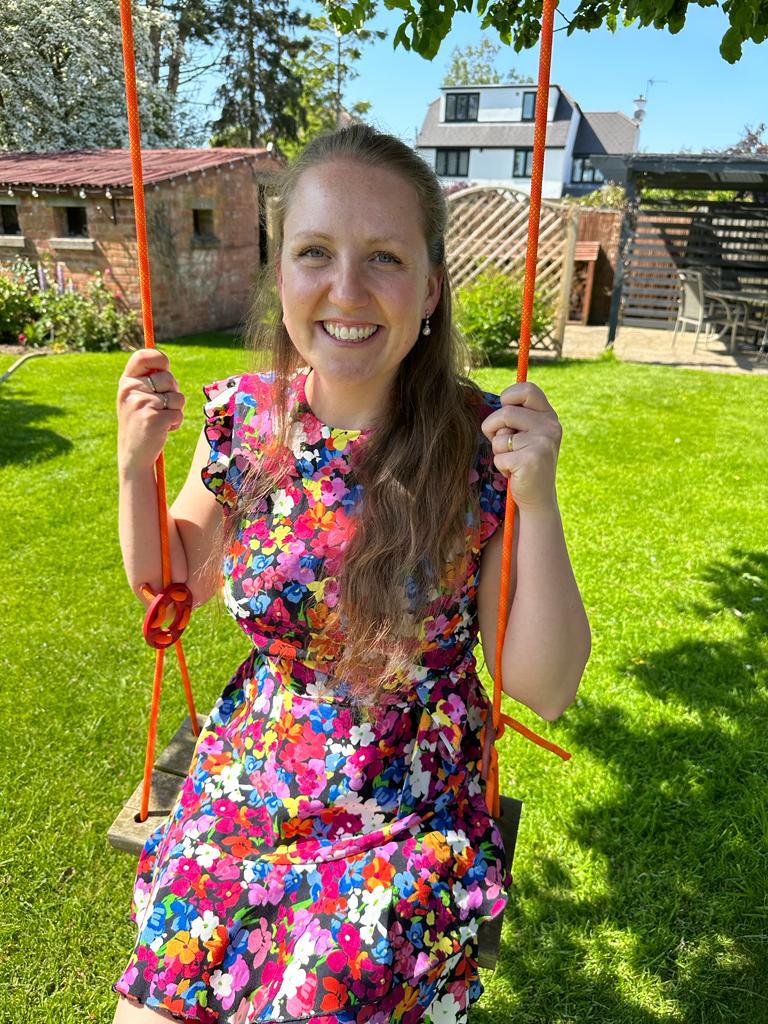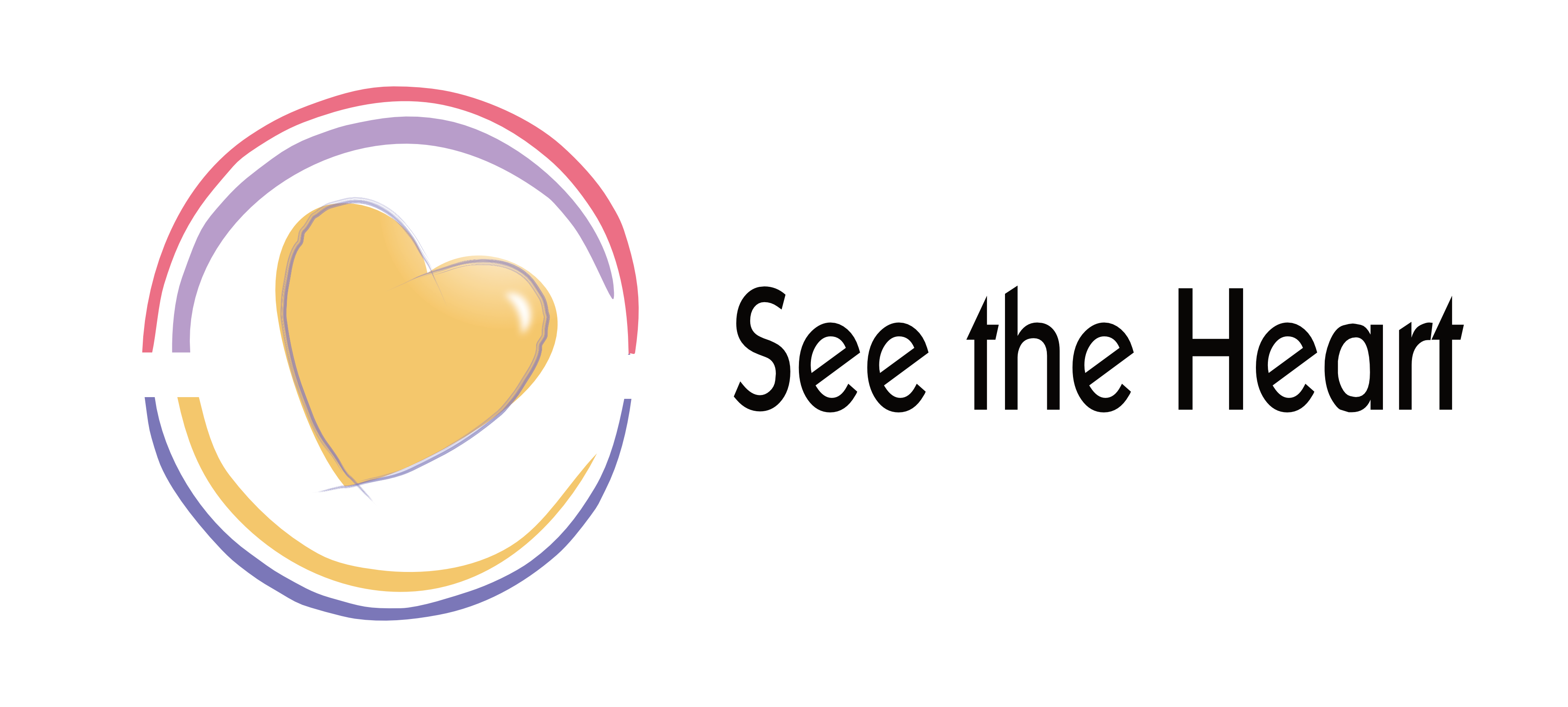
After an Eating Disorder diagnosis at the age of 20, I spent the subsequent 10 years in a constant battle of recovery and relapse. I flitted between restrictive eating and binge eating and although both were damaging my mental and physical health, I much preferred the times when I was on a streak of losing weight, becoming thinner and thinner. Considering the fact that I love food, this is counter-intuitive, as these were the times when I was barely eating. So, why did I prefer these times, over the times when my Eating Disorder caused me to eat far, far more than I wanted or needed? The reason is because, when I was thin, I felt like I looked good. Moreover, I was TOLD that I looked good. At every point over the 10 years of my Eating Disorder, when I was thin, I was showered with compliments – not from those closest to me (they understood not to) but mostly by people who did not know my history. These compliments reinforced my belief that the way that I look is important to other people and that they place value on my appearance.
As a mother of a daughter and a son, I resolved to raise my children to know that their worth is not dependent on the way that they look. I became committed to understanding how best to protect them from the damaging messages from diet culture and mainstream media that tell them that they are not good enough as they are. I have learnt so much, not only about how to make my children resilient to these dangerous messages but also how to challenge my own insecurities around body image. Now at the other end of my Eating Disorder journey, I have a burning desire to help change the narrative of childhoods (not just those of my son and daughter) spent worrying, or even obsessing, over appearance. I created See the Heart to enable me to share my message (that the way you look is the least interesting thing about you) with as many children, parents and teachers as I possibly can, as I truly believe the impact will be life-changing.
Please see our Impact page to learn more about why our message is so important.
